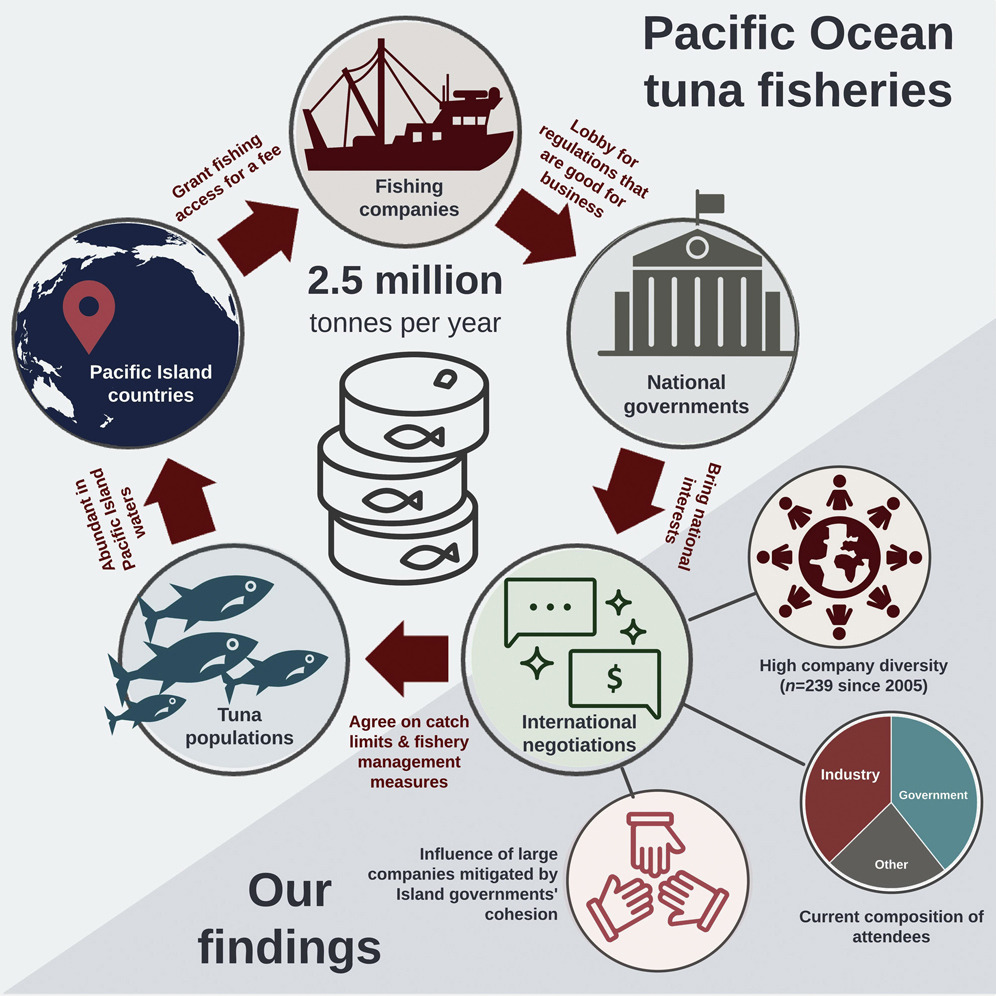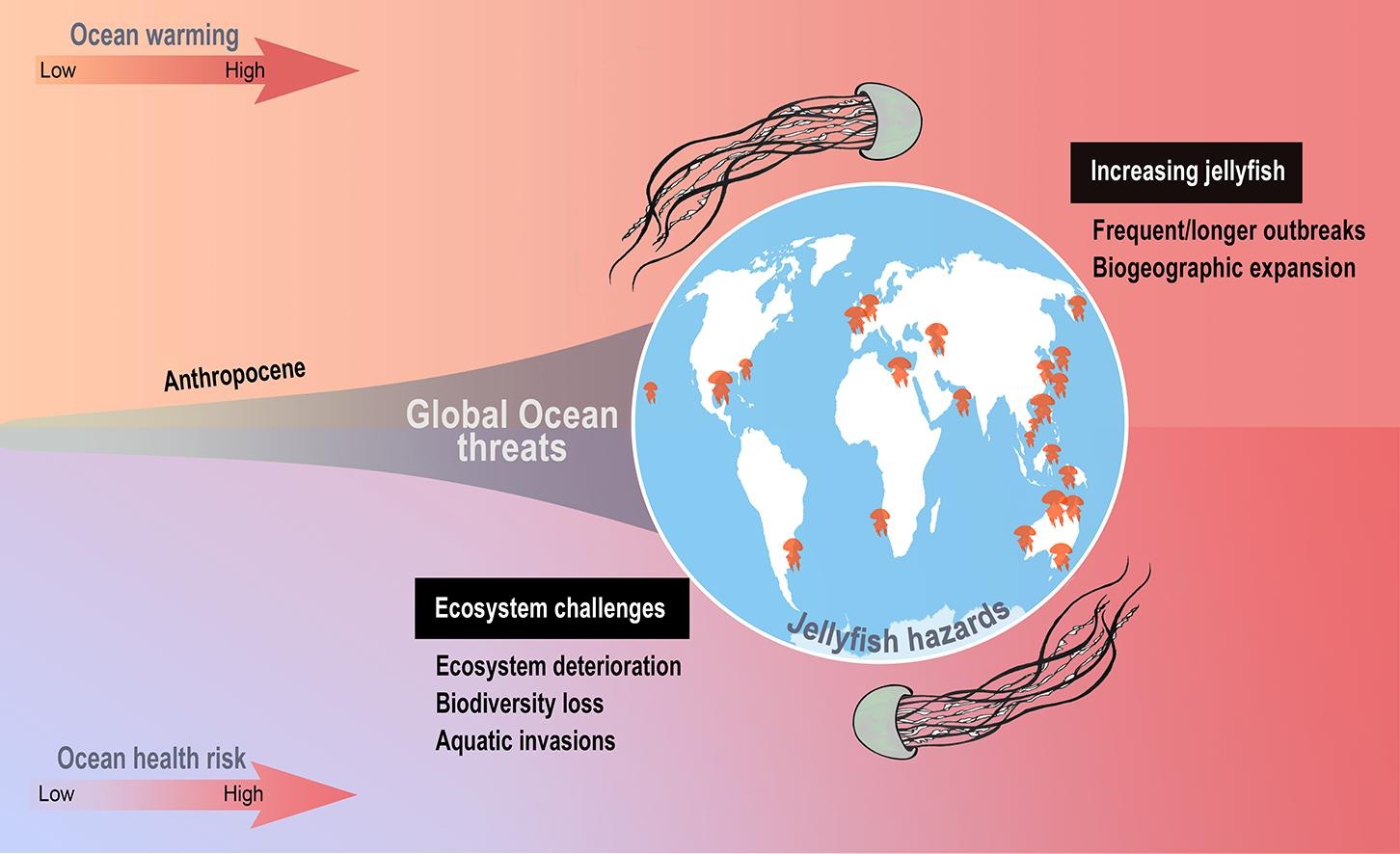Elsevier,
International Journal of Clinical and Health Psychology, Volume 23, 1 January 2023
The results of this research suggest that social support and sleep quality are important factors mediating the relationship between sedentary behavior and negative emotions in adolescents during a COVID-19-related home confinement in Shenzhen.
Elsevier,
International Journal of Clinical and Health Psychology, Volume 23, 1 January 2023
This work suggests that smoking is a psychobiological stressor, but that the magnitude of this effect is mediated and modulated by the individuals’ diathesis to develop mental ill-health and other vulnerability and protective factors.
Elsevier,
Heliyon, Volume 9, Issue 2, February 2023, e13318
This study reveals a high magnitude of poor Health-related quality of life (HRQoL) among HIV-positive women. Therefore, as HRQoL domains are comprehensive indicators of living status, healthcare service providers should be dedicated to screening and supporting HIV-positive women with poor HRQoL.
Elsevier,
Journal of Migration and Health,
Volume 7,
2023
This article ties to SDG 3. The aim of this study was to identify the determinants of life satisfaction and mental health disorders in Hazara Shias and ascertain which socio-demographic characteristics are associated with post-traumatic stress disorder (PTSD).
Elsevier,
Environmental and Experimental Botany, Volume 208, April 2023, 105236
This study contributes to Goal 2 - Zero Hunger beacuse it shows that gradual increases in CO2 will decrease the amount of calories supplied by starch in rice-based diets, therefore potentially having an impact causing hunger all over the world if further increases in CO2 in the frame of climate change are not prevented.
The Lancet Regional Health - Americas,
Volume 18,
2023,
100434
In response to the UN-resolution from 2021, these authorsprovide recommendations for lawmakers and policymakers in Brazil, Peru, and Colombia on how to improve public policies and national legislation for persons living with rare diseases in these three countries, based on interviews with patient advocacy groups.
Elsevier,
Environment International, Volume 171, January 2023
As growing coastal societies and projected high population densities predict a larger demand for marine ecosystem services in the future, jellyfish may affect the fulfillment of such needs, thus becoming prominent players in provisioning, cultural, and supporting services. Hence, our results advocate for their inclusion in multidisciplinary research beyond regional scales and call for investing in this group through systematic surveys.


